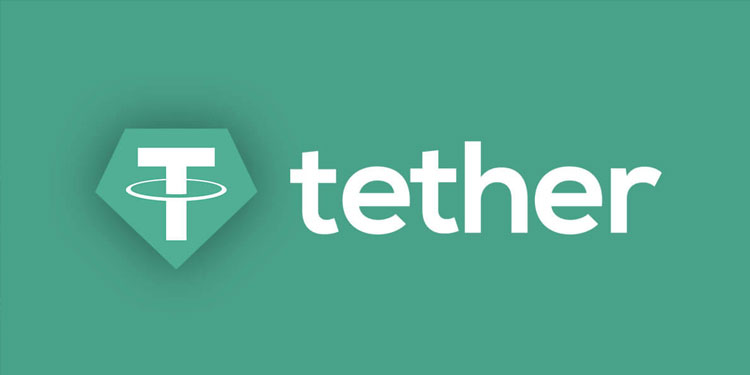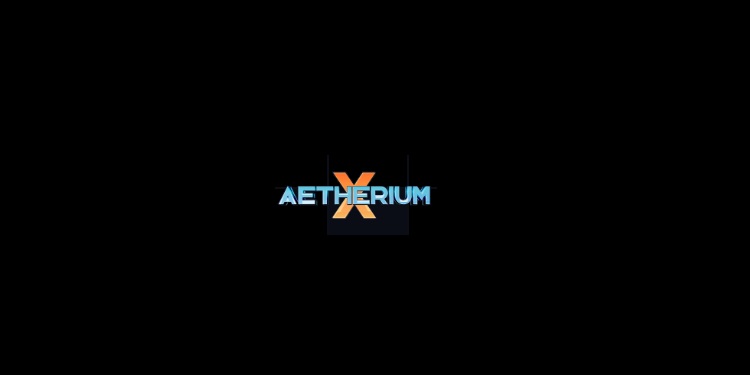Tether has continued its rapid pace of stablecoin expansion by minting an additional $2 billion USDT on the Tron blockchain. This development follows closely on the heels of a previous $1 billion USDT issuance announced last week, prompting fresh speculation across the cryptocurrency sector.
According to blockchain tracking platform Whale Alert, the latest minting occurred through two separate transactions, each valued at $1 billion USDT. These transactions took place within a short span and remain stored in Tether’s treasury wallet on the Tron network, rather than being immediately distributed into active circulation.
Inventory Strategy Over Market Injection
Tether’s CEO, Paolo Ardoino, addressed the event by clarifying that the minted tokens have not yet been released into the open market. He explained that the newly generated USDT will be held as inventory, intended for future issuance or for use in cross-chain transfers. He emphasized that these transactions are pre-authorized and serve as operational reserves, rather than representing an immediate increase in market liquidity.
Despite this assurance, market observers have interpreted the move as a possible precursor to upcoming buying activity. Historically, large USDT issuances have been viewed as signals of potential bullish sentiment, especially when followed by transfers to major exchanges such as Bitfinex, a platform known for its operational ties to Tether.
Market Context and Bitcoin Momentum
This latest issuance coincides with Bitcoin surpassing the $100,000 milestone, trading at $101,850 at the time of reporting. The digital asset had briefly dropped below the six-figure mark due to rising geopolitical tensions between the United States and Iran, but quickly regained strength amid broader market stabilization.
As attention refocuses on digital asset performance, Tether’s expanding reserves are being scrutinized. Analysts often correlate stablecoin issuance with increased fiat entry into the cryptocurrency ecosystem. The presence of large, uncirculated USDT holdings is seen as a potential resource for bolstering market liquidity and price momentum in the near term.
PSA: 1B USDt inventory replenish on Tron Network. Note this is an authorized but not issued transaction, meaning that this amount will be used as inventory for next period issuance requests and chain swaps.
— Paolo Ardoino 🤖 (@paoloardoino) June 22, 2025
This perspective gains further weight in light of recent market movements. The previous downturn resulted in approximately $1 billion worth of liquidations, yet the recovery has restored confidence among traders. Financial analysts argue that reserve growth in stablecoins like USDT can serve as a predictive indicator of short-term market trends.
Regulatory Momentum and Stablecoin Demand
The rise in minting activity also aligns with broader regulatory developments. The recent introduction of the GENIUS Act has brought greater regulatory clarity to the stablecoin landscape, encouraging issuers such as Tether, Circle, and Ripple to accelerate operations. This legislative shift has led to a noticeable uptick in stablecoin issuance across various blockchains.
Tether’s preference for Tron reflects a strategy focused on reducing transaction fees and achieving faster token deployment. In contrast, competitors like Circle have diversified their stablecoin issuance across Ethereum and other networks to meet their own operational needs.
While Tether has not connected its latest mint to any specific geopolitical or market event, the company emphasized its commitment to operational readiness. Nonetheless, analysts and market participants are closely monitoring how these developments may impact upcoming movements in Bitcoin and altcoin valuations, particularly in a climate of increased institutional interest and market volatility.









